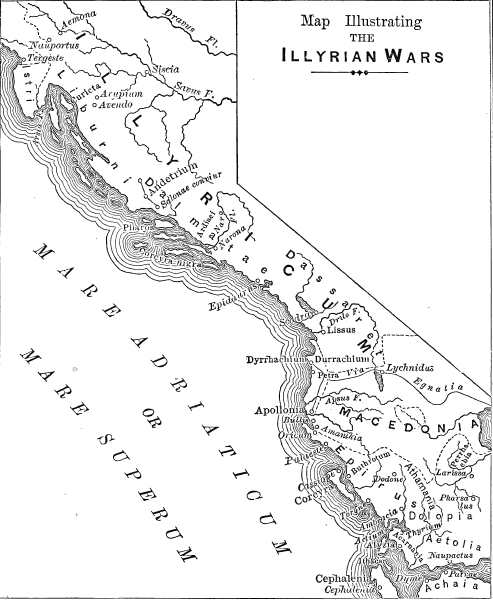<![CDATA[German and Albanian archaeologists have revisited a set of tablets that were found several decades ago, and discovered some surprising details about the importance of women in the ancient city of Illyria. The tablets were found by Albanian archaeologist Fatos Tartari, who stumbled across a tomb in Durres in 1979. The tomb contained a glass urn filled with a dark liquid, along with a couple of styluses and an ebony comb. The most surprising find in the tomb was five tablets, made of wax, all in good condition. The discovery was very strange because the black liquid had not evaporated, even though it had been there for nearly 2000 years, and the wax tablets were well preserved, even though they should have crumbled under the conditions in which they were stored. The tablets were stored in a museum in Durres for over 40 years, but were transferred to the museum of Mainz in Germany for restoration last year. During the restoration, the workers discovered the peculiar details of the tablets. Before the restoration attempts, it was thought that the tablets were made of wood with a wax coating however it was revealed that it is actually ivory beneath the wax. The tablets were sent back to Durre after the restoration process was complete, where further tests were done. The German and Albanian archaeologists studied the contents of the tablets, which revealed the history of Durre in the second century AD. Durre - which was called Dyrrachium when the Romans colonized it - has been inhabited since the eighth century BC. It was the Illyrian's main city and had a port for the trading of goods with nearby nations and for housing a navy. Illyria was an area in the western part of the Balkan Peninsula. The Romans conquered it in 168 BC during the Illyrian War, and turned it into a powerful military and naval base. It became a province, with the present-day city of Scodra as its capital. The province of Illyricum, as it became known, stretched from the Drilon River in present-day Albania to modern Croatia in the west and to the Sava River in modern Bosnia & Herzegovina to the north. The wax-covered ivory tablets were the first of their kind found in Europe, although a few had been found in Egypt. The researchers believe that the Illyrian tablets belonged to a woman, most likely from a high social class, because of the comb and other artefacts found inside the tomb. The tablets were actually used to conduct business, with dates stating when money was lent and the amount. The currency used for the records was denarii, which were Roman silver coins. Some debts as large as 2,000 denarii were recorded - Roman soldiers at the time earned a salary of 200 denarii. All the handwriting on the tablets belonged to the same person. There are ancient writings describing women in Illyria accompanying their men to banquets, and drinking with them as well. Such practices were seen as unacceptable in ancient Rome and Greece. The large sums of money referred to on the tablets show the lender was in charge of her finances, revealing how important women were in Illyrian society. ]]>
Illyrian Wax Tablets Reveal Women Were Equal to Men
